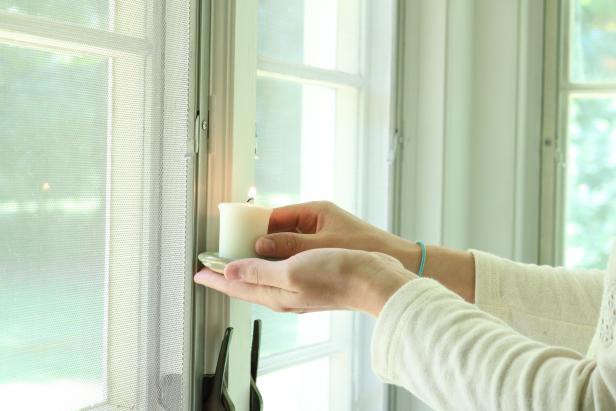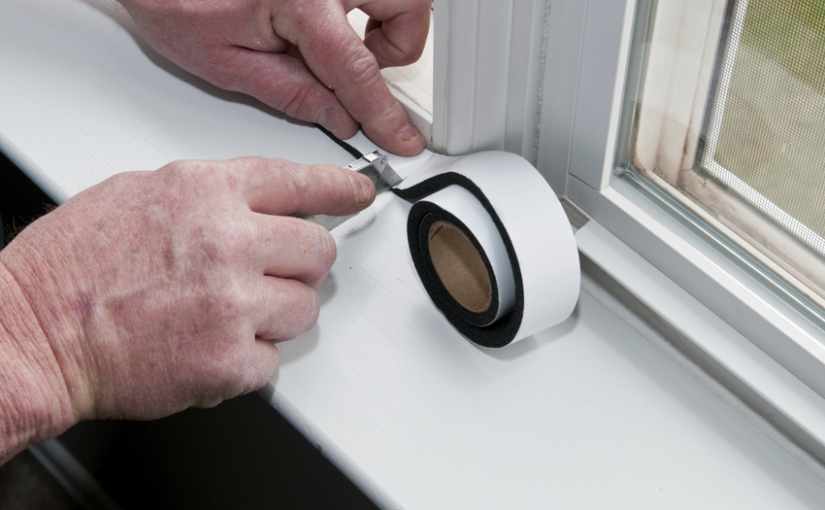Summer has been trying to leave us for some time now. However, among the few days of cool relief, we keep seeing days near or over ninety degrees. Until these days are gone to make way for Autumn weather, you should make sure your air conditioning unit is still working properly to keep your home comfortable. Here are a few common air conditioning problems to keep an eye out for:
- Less/No Cool Air
Can you hear your unit working but you’re not feeling any cool air? If so, your refrigerant levels might need to be checked. Refrigerant helps make sure your air conditioner is actually cooling the air that blows out of it.
- Fan Not Rotating
Your condenser fan may have burned out and need replaced. Another possible issue is humidity. It can cause more condensation to form, so you should also watch for water not draining correctly or a restricted drain.
- Not Cooling Properly
A good first step is to try lowering the temperature on your thermostat. If that doesn’t work, check the air filter. A dirty air filter can cause major cooling troubles. Another possibel issue is that your air conditioner is not properly sized. This is a frequent issue when homes are constructed.
- Short Cycling
Short cycling, or turning on or off repeatedly, can mean one of multiple things. Your condenser or evaporator could be dirty and in need of cleaning. After cleaning the unit and ensuring all blockages are removed, you may be good to go. Humidity also plays a part. If your home cools to the correct temperature, but then humidity causes your home to quickly heat up, it could result in your air conditioning working harder to keep your home comfortable.
If you’re facing these or other air conditioning troubles, give Air Handlers Inc a call. We can help you check your system and make sure everything is working properly.





